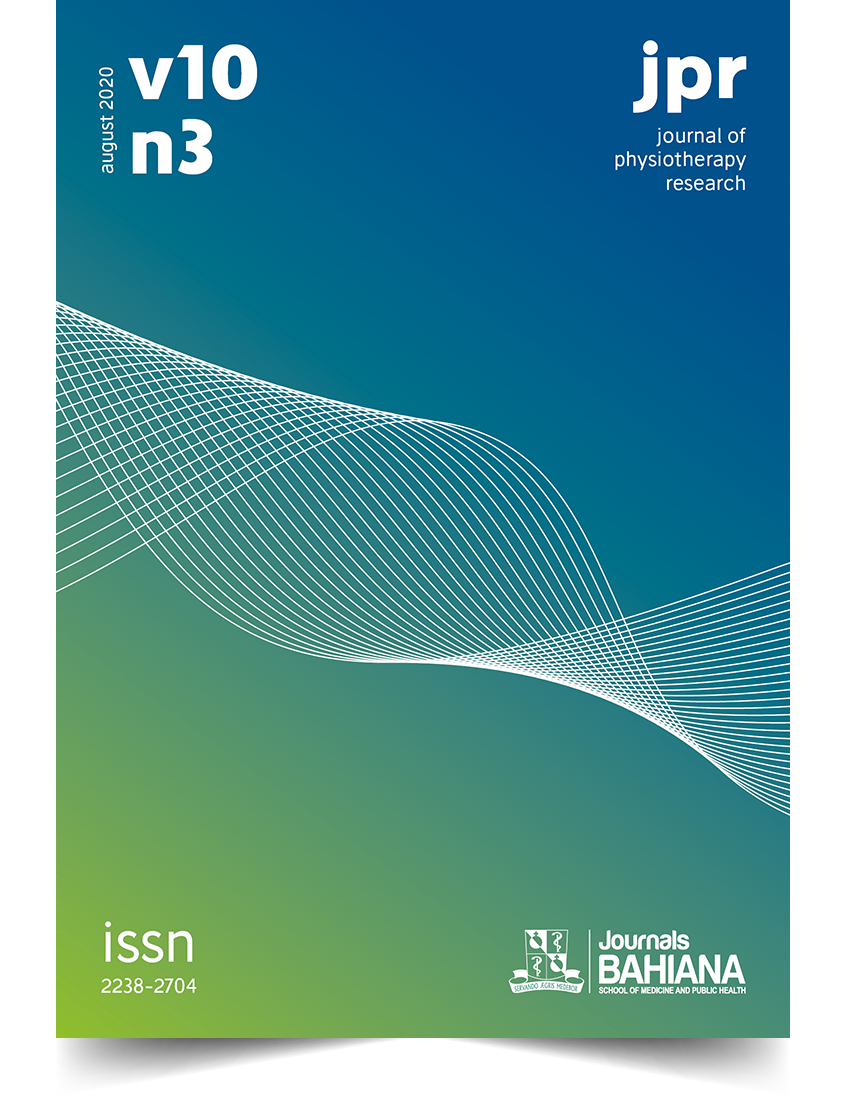Profile of fracture victim patients interned in a university hospital: a cross-sectional study
DOI:
https://doi.org/10.17267/2238-2704rpf.v10i3.3013Keywords:
Health profile. Bone fractures. Orthopedics. Accidents.Abstract
OBJECTIVE: To describe the clinical epidemiological profile of patients who suffered fractures hospitalized at a university hospital in Maranhão. METHODS: This is a cross-sectional, retrospective and quantitative study based on the analysis of the medical records of these patients at the Federal University Hospital of Maranhão (HU-UFMA) in the orthopedic-trauma sector. RESULTS: A total of 251 medical records were analyzed, with a predominance of males (52.59%), brown (64.1%), residents in São Luís (57%), unmarried individuals (51%), low education, incomplete elementary school index (35.3%) and the mean age was 45,49 years. The type of trauma that caused the most fractures were falls, with 127 victims (50.6%), followed by traffic accidents with motorcycle accidents (3.98%), (3,88%) motor vehicle crashes, (3 , 98%) of run over. As for the most affected body regions, lesions in the lower limbs (LL) were observed, 33,47% with fractures of the femur, 23,11% of the tibia and 11,95% of the ankle. The most frequent type of surgery was osteosynthesis, for stabilization of follow-up, with 82,87%. Of these patients, 98,8% were discharged after a surgical procedure with a median of 3 days of hospitalization and 1,2% died. CONCLUSION: There was a higher prevalence among males, single, comprised between 13 and 38 years old, the mechanism of trauma with the highest numbers of cases were falls and traffic accidents, with a higher prevalence of lower limbs involvement.Downloads
Download data is not yet available.
Downloads
Published
08/26/2020
Issue
Section
Original Articles
How to Cite
1.
do Nascimento ALS, Silva JCA, Mendonça ACS, Lui LC do P, Costa Érika TN, Cavalcante TB. Profile of fracture victim patients interned in a university hospital: a cross-sectional study. Rev Pesq Fisio [Internet]. 2020 Aug. 26 [cited 2025 Dec. 5];10(3):427-35. Available from: https://www5.bahiana.edu.br/index.php/fisioterapia/article/view/3013



